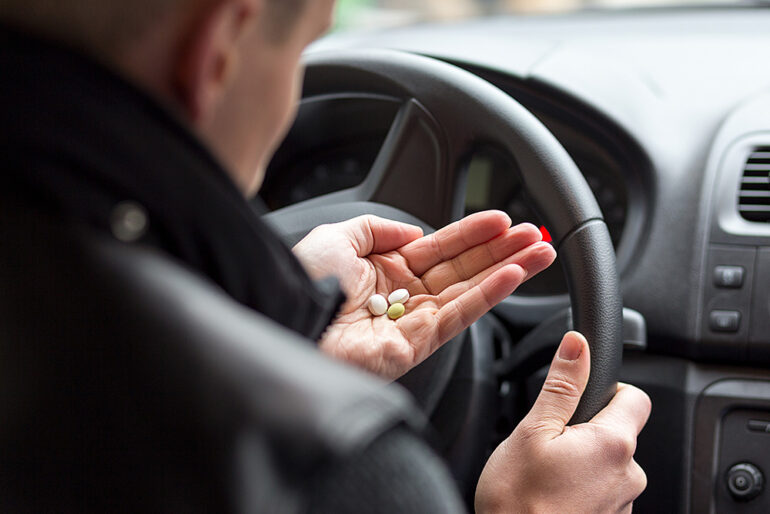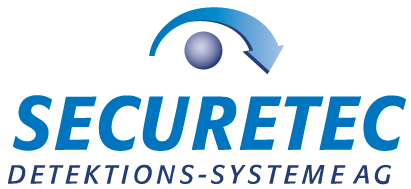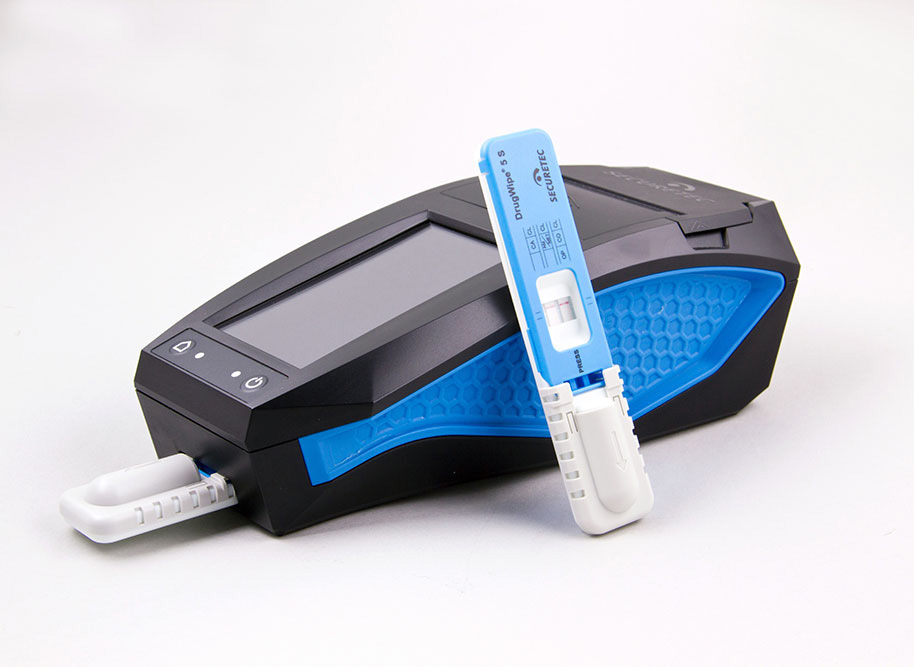
More drug tests for fewer personal injuries
Stimulants have now infiltrated not only party districts, but also, rather frequently, everyday life. In routine situations, this drug use results in inappropriate behaviour: The number of accidents resulting in personal injury under the influence of drugs has increased fivefold from 1991 to 2019.1
The number of drug accidents resulting in injured individuals has risen from 434 to 2,386, although the actual figure is estimated to be significantly higher if unreported cases are included. Many drug driving journeys are not detected and the majority of those who drive after drug use presume they won’t get tested. Over the same period, alcohol accidents with similar results sharply decreased owing to more extensive testing. This is an argument for stepping-up testing for drug use.
For conspicuous drivers, a drug test should always be carried out in addition to a breathalyser test. Even if alcohol is proven, it is prudent to carry out additional investigations: Combined use increases the accident risks even more.
Suspicious driving style
As well as the physical symptoms, the suspect’s driving style is significant. A conspicuous driving style can corroborate the suspicion of the driver’s drug use. Obvious, learner-type driving errors provide indications, with additional signs being fixedly looking straight ahead, desperately clenching the steering wheel and exhibiting a posture whereby the face is “stuck” to the windscreen. A markedly casual sitting position, lively and animated communication with other passengers, exuberance and excessive volume, particularly of music typical of the scene, increase suspicion. Also, odd gesticulation and leaning the head out of the window are two other typical drug indications. The behaviour of the passengers provides additional indications: Drinking in the vehicle, actions suggesting preparation for consumption of narcotics, conspicuous handling under the line of sight and throwing away objects are all alarm signals. A wide sitting position of the passengers is also conspicuous, as this may be to conceal suspicious items.
A mobile rapid screening test such as the DrugWipe also helps in this case, to expose drug use.

DrugWipe® rapid drug tests reliably detect stimulants in saliva – just ask us, we’re always happy to help.
References:
1Statistisches Bundesamt [Federal Statistical Office], Wiesbaden, www.destatis.de — European Drug Report 2021, European Monitoring Centre for Drugs and Drug Addiction, Lisbon — Bundesanstalt für Straßenwesen (German Federal Highway Research Institute), www.bast.de, Bergisch Gladbach — Bund gegen Alkohol und Drogen im Straßenverkehr [Coalition against alcohol and drugs on the roads], www.bads.de, Hamburg — The prevention portal, police union, www.polizei-dein-partner.de, Hilden



